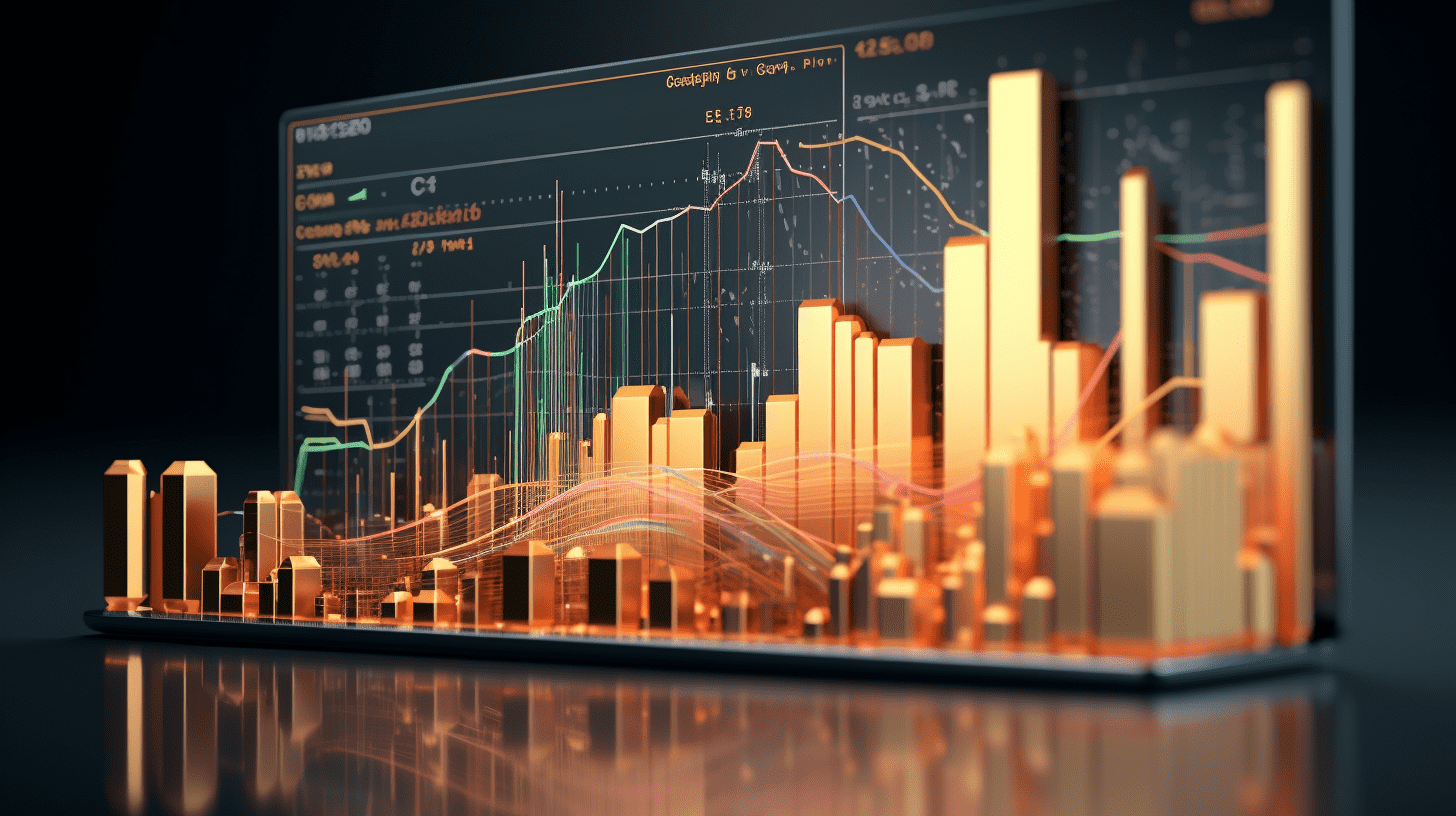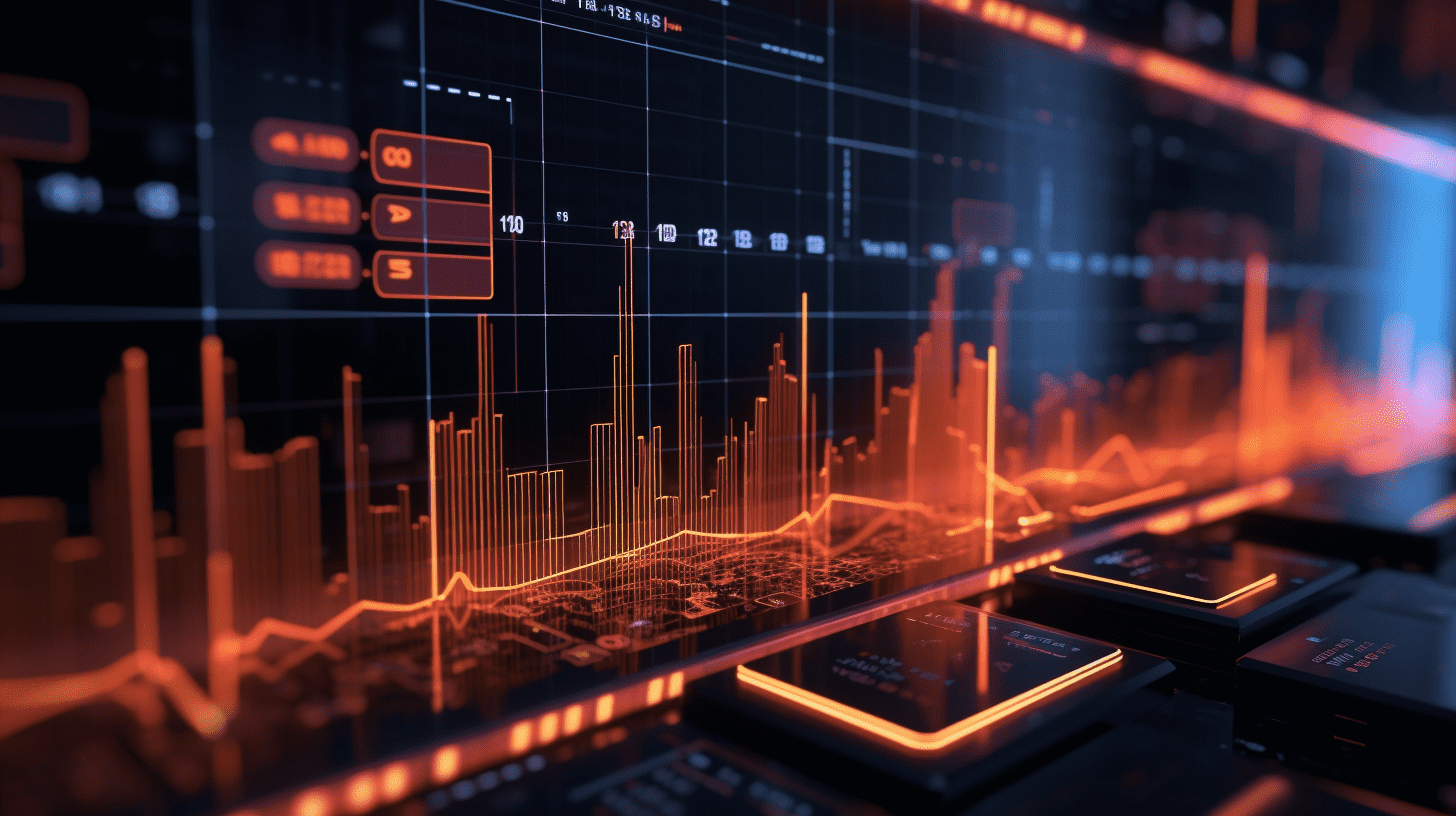The volatility index rises and Wall Street begins to worry about the bullish momentum.
Wall Street rang in the new year with a week of anxiety, leading to a decrease in risk appetite.
At the beginning of the New Year, the overall sentiment on Wall Street is uneasy. Despite a slight improvement in market sentiment on Friday, traders across asset classes have been suppressing strong risk appetite for most of the time after the holidays, which has dominated the market for most of 2024. Volatility indicators for US Treasury bonds and corporate credit have quietly risen. The stock market volatility indicator has surged, following the most significant year-end decline on record. The largest exchange-traded fund (ETF) tracking Bitcoin has experienced the most significant outflows in history, making it a darling of global speculators.
While there are no signs of panic in the market, these actions do show a level of caution that has been essentially absent over the past 12 months, at least in the realm of risk assets. Economic prosperity and loose Federal Reserve policies propelled risk assets nearly straight up last year. Concerns about President Trump's policies and their impact on inflation have awakened the hedge market, causing the 10-year US Treasury yield to see its largest quarterly increase in over two years, leading to turmoil in the bond market.
For contrarian investors who have witnessed Wall Street's reckless risk-taking for months, any emergence of caution is seen as healthy a curb on an overheated market. However, the pullback in certain assets (especially stocks) contradicts the historical pattern of the S&P 500 index typically rising in the days following Christmas, highlighting the dangers of President Trump's assumed second term script.
Chris Zaccarelli, Chief Investment Officer at Northlight Asset Management, said, "We're somewhat surprised by the level of risk aversion in the market at the end of 2024, but a slight rally may occur in 2025. For us, it makes sense to reduce some risk considering the policy adjustments that the incoming US government may make."
The 10-year US Treasury yield remains above the widely watched 4.5%, as traders gear up for potential tariffs that could be implemented as soon as this month after Trump's inauguration, adding new risks to the Fed's fight against inflation. Bond vigilantes continue to sound warnings about the possibility of Trump's tax cuts expanding the fiscal deficit.
On Friday, optimistic signs reappeared as the S&P 500 index rose 1.3% due to gains in large tech stocks, with investors relieved from the swift reelection of the US House Speaker. This week, the US stock market fell and hovered near the lows touched after the Fed's last policy meeting, where officials hinted at a lower-than-expected rate cut for this year.
Concerns about policy uncertainty have left investors on edge, with demand for safe-haven assets rising across the board. The Chicago Board Options Exchange Volatility Index measuring options cost on the S&P 500 index rose for the third week in four weeks. An index similar to the ICE - BofA Move Index for bonds hit a one-month high, while volatility in high-yield bonds and the currency market intensified.
This pessimistic sentiment is a departure from recent months when a frenzy of speculation drove Bitcoin to over $100,000 and sent billions of dollars into leveraged ETFs. Now, BlackRock's iShares Bitcoin Trust ETF is facing its longest stretch of outflows, including a record outflow on Thursday, with short sellers re-entering some large ETFs tracking corporate bonds.
In the stock market, the National Association of Active Investment Managers' risk exposure index has declined for the third consecutive week, marking the largest drop since April. Meanwhile, an options trading index at the Chicago Board Options Exchange shows that the volume of bearish put options relative to bullish call options has soared to the highest level in nearly four months.
Currently, this sentiment of caution is at odds with the optimism of Wall Street strategists. Analysts generally believe that after a 53% rise in the S&P 500 index over the past two years, 2025 will see another 12% increase.
Max Gokhman, Senior Vice President of Investment Solutions at Franklin Templeton, said, "The mainstream view is that the stock market will continue to climb the wall of worry, but we know that the incoming US government likes to build walls. In other words, the obstacles to further growth will only increase. So, while I do not contradict the unanimous view, caution is wise, and preparing to tactically step aside is prudent."
The overall market anxiety is on the rise. The Global Financial Stress Indicator from Bank of America, which measures market risk, hedging demand, and investor flows, is higher than it was 12 months ago. Lindsay Rosner, Managing Director of Multi-Asset Fixed Income Investments at Goldman Sachs Asset Management, said that this unease to some degree reflects concerns about market valuations. Bloomberg's model adjusting the S&P 500 index yield and the 10-year US Treasury bond rate based on inflation factors shows that the pricing of these two globally most-watched assets is historically high. In fact, data since 1962 shows that current cross-asset valuations have been higher than this level 88% of the time. Rosner said, "It makes sense to be cautious about these tight valuations, but the growth story still feels intact."
Related Articles

Due to the slowdown in production and weak demand, the US manufacturing sector has been shrinking for eight consecutive months.

After Powell released the hawk, Federal Reserve Governor Milan "sang in opposition": monetary policy is still too tight and interest rates should be greatly reduced.

National Health Insurance Administration: By the end of June 2026, at least 100 key monitored easy-to-divert and resell drugs will be included in the intelligent supervision coverage.
Due to the slowdown in production and weak demand, the US manufacturing sector has been shrinking for eight consecutive months.

After Powell released the hawk, Federal Reserve Governor Milan "sang in opposition": monetary policy is still too tight and interest rates should be greatly reduced.

National Health Insurance Administration: By the end of June 2026, at least 100 key monitored easy-to-divert and resell drugs will be included in the intelligent supervision coverage.






